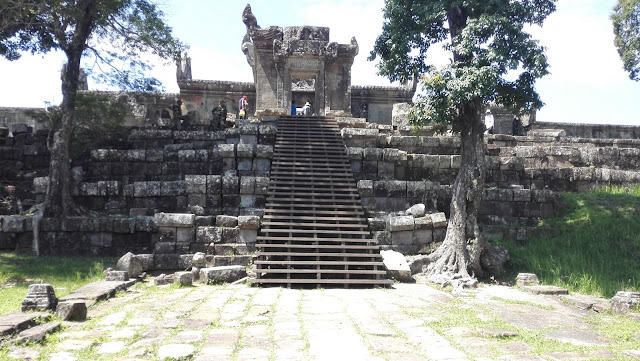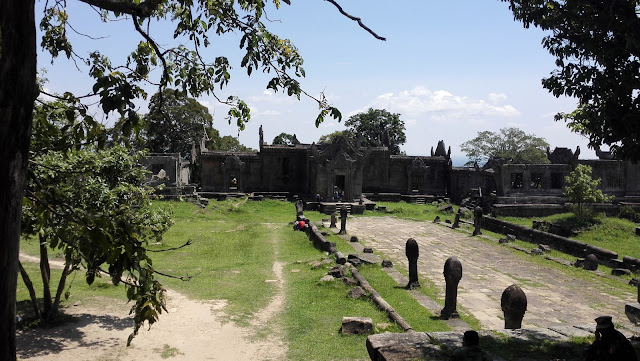It can be a real struggle to cut back on calories throughout the day, and with morning usually being the most hectic part of the day, it seems like the perfect opportunity to eliminate the trouble of breakfast prep. It may feel like skipping out on those extra calories in the morning will actually help you ditch those last few pounds, but research shows that skimping on breakfast actually does more harm than good. We’ve compiled a list of reasons why something as simple as starting your day with a bowl of oatmeal could actually make you healthier, happier and maybe even a couple pounds lighter!
Here are 15 great reasons you shouldn’t ever skip your breakfast:
1. It lowers your metabolism
Your metabolism is your body’s furnace, so if you don’t feed it fuel it’s not going to burn any calories! (via HealthoWealth)2. Is linked to coronary heart disease
Prolonged fasting gives rise to a collection of risk factors, such as increases in diastolic and systolic blood pressure, that raise heart risks. (via Forbes)3. Causes unhealthy mid-morning cravings
While you may think you are sparing yourself the extra calories, people who skip breakfast are more likely to grab something unhealthy as a midmorning snack. Learn how to curb your cravings and check out our favorite snacks here. (via Medical News Today)4. Makes you forgetful
A study on elementary students revealed that skipping breakfast reduced their spatial and short-term memory. Professionals believe this is just as true for adults as well. (via Journal of Physiology and Behavior)5. Makes exercise hard
Getting up off our butts is hard enough as is, so why make it even harder on yourself if a bowl of oatmeal or a Greek omelet will solve your low-energy crisis? (via HealthoWealth)6. Causes weight gain
Even a quick breakfast will help you ward off cravings throughout the day. A morning meal suppresses insulin to keep us from packing on the pounds. (via Journal of Epidemiology)7. Increases your risk of type 2 diabetes
Studies have shown that irregular or no breakfast consumption puts women at higher risk for type 2 diabetes. (via American Journal of Clinical Nutrition)8. Makes you cranky
Nope, it’s not just the morning that makes you irritable. Breakfast food contains important nutrients that will give you that boost of positive energy you need to start your day. (via Journal of Physiology and Behavior)9. Increases your cholesterol levels
Without a nutritious breakfast, studies have shown that cholesterol levels spike, and insulin levels are much higher. (via American Journal of Clinical Nutrition)10. Prevents you from getting important nutrients
Research reveals that people who skip out on breakfast also skip out on important nutrients like calcium and fiber. In addition, these individuals actually end up consuming more fat than breakfast eaters. (via Nutrition Research and Practice)11. Negatively impacts mental performance
Studies have shown that those who opt out of breakfast are more likely to be disinterested and irritable, which affects work performance and relationships. (via Active Beat)12. Depletes your energy levels
Breakfast foods are packed with healthy carbs and fiber, which are essential sources of energy in the morning. (via International Journal of Food Sciences and Nutrition)13. Makes it harder to concentrate
Since breakfast replenishes your energy levels, skipping out can lead to the inability to concentrate throughout the day. (via Medical News Today)14. Turns you into a bad role model
Come on, moms. If you aren’t willing to add a couple extra calories to your morning, your kids will follow suit. That’s not setting a very healthy example! (via Active Beat)15. Inhibits calorie burning
Spreading your food intake out over the course of the day keeps the metabolism revved and ready to go. If you limit your food consumption in the morning, your metabolism goes right to sleep…along with your weight loss goals! (via US News: Health)We know how hectic mornings can be, but take a couple minutes out of your busy schedule to eat a simple yogurt parfait or a tasty fiber-packed cereal. You’ll feel better and look better in no time!
























































